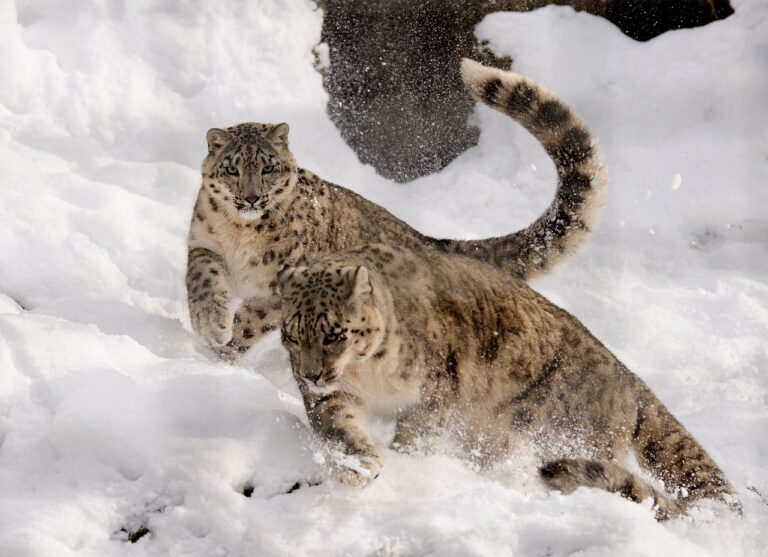AI’s Impact on Film Editing: Automation and Efficiency
Artificial Intelligence has revolutionized the landscape of film editing in recent years. With AI-powered tools, editors now have access to advanced technologies that can streamline their workflow and enhance the creative process. These tools can help in tasks such as organizing footage, identifying key scenes, and even suggesting edits based on established editing principles.
One of the significant advantages of AI in film editing is the speed and efficiency it brings to the table. What might have taken hours of manual work can now be accomplished in a fraction of the time with the assistance of AI algorithms. This not only saves time but also allows editors to focus more on the creative aspects of their work, leading to a more refined and polished final product.
Evolution of Film Editing Techniques
In the early days of cinema, film editing was a manual and laborious process. Editors physically spliced together different film reels, meticulously cutting and rearranging scenes to create a coherent story. This method required a great deal of patience and precision, with editors carefully lining up frames by hand to ensure seamless transitions between shots.
As technology advanced, film editing techniques evolved to incorporate new tools and processes. The introduction of digital editing software revolutionized the industry, providing editors with greater flexibility and efficiency in manipulating footage. With the ability to easily cut, copy, and paste scenes, editors could experiment more freely with different editing styles and sequences, leading to a richer and more dynamic visual storytelling experience.
Advantages of AI in Film Editing
Artificial Intelligence has revolutionized the world of film editing by streamlining the post-production process. One of the key advantages of AI in film editing is its ability to expedite tasks that were traditionally time-consuming, such as sorting through vast amounts of footage to select the best takes.
Furthermore, AI tools can enhance the visual appeal of a film by automatically applying color correction, stabilizing shaky footage, and even suggesting creative editing choices. This not only saves time for editors but also introduces new possibilities and efficiencies in the filmmaking process.
How has artificial intelligence impacted film editing?
Artificial intelligence has revolutionized film editing by streamlining the editing process, allowing for faster and more efficient editing, and enabling editors to experiment with new creative techniques.
How have film editing techniques evolved over time?
Film editing techniques have evolved from manual splicing and cutting of physical film reels to digital editing using sophisticated software programs. Artificial intelligence has further advanced editing techniques by offering automated features and intelligent tools.
What are the advantages of using AI in film editing?
Some advantages of using AI in film editing include improved efficiency, accuracy, and consistency in editing, the ability to handle large amounts of data and footage, access to advanced editing tools and techniques, and the potential for creative experimentation and innovation.
Can AI completely replace human film editors?
While AI can assist and enhance the work of human film editors, it is unlikely to completely replace them. Human editors bring a level of creativity, intuition, and emotional intelligence to the editing process that AI currently cannot replicate.







